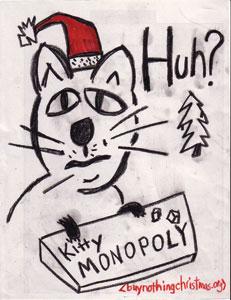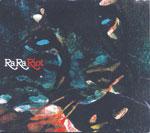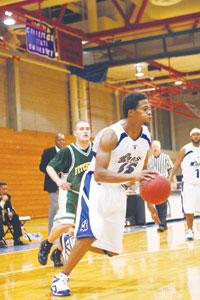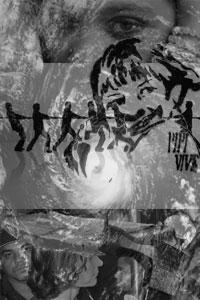It’s More Than Just Black and White
October 30, 2007
The tiny southern town of Jena, LA, with a population 2,900, has been bubbling with racial tension for more than a year now. With the prosecution of six teenagers known as the “Jena 6” on charges of attempted second-degree murder, the subject of racism and prejudice with Jena as its battleground has thrust into the national spotlight.
On Aug. 31, 2006, a black student asked permission to sit beneath a tree on Jena High School grounds at which only white students predominantly gathered. Given permission by the vice principal, the black student joined a group of white students underneath the tree. The next day students found three nooses in school colors hanging from the tree.
This was the first in a string of events that has ignited tempers and drawn the eyes of the nation on this small rural community.
A mysterious fire destroyed the main academic building at Jena High School on Nov. 30 that year. By this time tensions had grown to a fever pitch, boiling over through the first four bloody days of December.
The fighting began on Dec. 1, 2006 when Robert Bailey, a black student, was turned away from a party and attacked by a group of white students. One of the students involved in the attack on Bailey was charged with battery and given probation.
The next day at the Gotta Go convenience store, Bailey confronted one of his attackers. After the white student pulled a gun, Bailey wrestled it away and was subsequently charged with three crimes: theft of a firearm, second degree robbery and disturbing the peace. The white student was not charged with any crime.
On Dec. 4, 2006, Justin Barker, a white student and acquaintance of one of the students who hung the nooses on the tree, used a racial slur. Barker was kicked and punched by a group of black students and knocked unconscious. Barker was released from the hospital later that day and attended a school event.
Six students, Mychal Bell, Carwin Jones, Theo Shaw, Robert Bailey, Bryant Purvis, and Jesse Ray Beard were arrested and charged with attempted second-degree murder.
Eventually the charges against four of the “Jena 6” would be reduced to aggravated second-degree battery and conspiracy to commit aggravated second-degree battery. Purvis is expected to request that his charges also be reduced upon his arraignment in November and Beard, 14 at the time of the crime, being charged as a juvenile.
The case against these six Louisiana teenagers drew between 15,000 and 50,000 protestors to Jena on Sept. 20, among them Rev. Al Sharpton and Rev. Jesse Jackson, highlighting the racial divide that still exists in a place that once operated under Jim Crow laws.
On Sept. 27, after spending 10 months in jail, Bell was released after his bail of $45,000 was posted by a stranger, only to find himself back behind bars by Oct. 11 and sentenced to 18 months for a probation violation.
The oak tree from which the three nooses that started everything hung back in September of 2006 has since been felled by the school in an attempt to prevent any more racist acts from taking place.
On Oct. 19, the Hip Hop Initiative sponsored a discussion on the subject of the Jena 6 and its effects and consequences at UMass Boston. Though the incident took place in an area where Jim Crow was once the law of the land and the Ku Klux Klan once roamed openly, it was made clear by UMass Boston students that racism is everywhere, in many forms.
The discussion went on for two hours; spanning subjects from the role of the news media to the possible boycott of hip hop artists who do not address areas of social justice in their music. UMass Boston Africana Studies professor Tony Van Der Meer ended the night with some words, calling on students to start programs and groups to help fight racism and to better promote black leadership.

























































